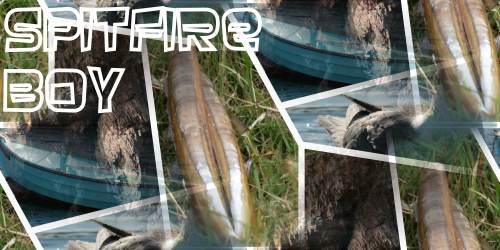
Simviation Forums
Flight Simulator and other chat




I think the PR variants supplied to the RAF had the original engines actually Doug. I seem to recall from reading the Adrian Warburton biography that the reason he liked the P-38 so much for PR stuff was it didn't swing on take-off.




Counter-rotating propellers
From Wikipedia, the free encyclopedia
Counter-rotating propellers, are found on twin-engine, propeller-driven aircraft and have propellers that spin in opposite directions.
Generally, most conventional twin engines spin clockwise on the left and right engine (as viewed from the the pilot seat). Counter-rotating propellers generally spin clockwise on the left engine, and counter-clockwise on the right. The advantage of counter-rotating propellers is to balance out the effects of torque and p-factor, eliminating the problem of the critical engine.
Counter-rotating propellers should not be confused with Contra-rotating propellers.
Some common aircraft with counter-rotating propellers include:
Piper PA-31 Navajo
Piper PA-34 Seneca
Piper PA-39 Twin Comanche
Piper PA-40 Arapaho
Piper PA-44 Seminole
Cessna T303 Crusader
Beech BE-76 Duchess
Lockheed P-38 Lightning
The Wright Flyer














Don't forget Doug that the Meteor spins in the opposite direction to a Merlin (not sure why as tanks aren't really my thing).
A fully servicable Meteor tank engine will cost you 5000 quid.
The question is of course cost. I know for instance that the Yak (1 or 3 can't remember which) being rebuilt in Russia at the moment is having an Allison lump thrown in. The new run of FW-190s don't have the original type engine either. For authenticity parts are needed....
I suppose the cost of having counter rotating props on large four engine bombers was out of the question then but when you think about it, I believe it might have saved a lot of aircrew and battle damaged aircraft.







Return to Specific Aircraft Types
Users browsing this forum: No registered users and 244 guests